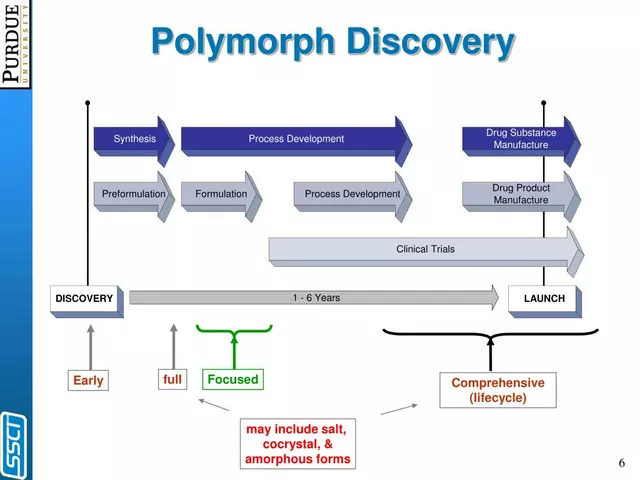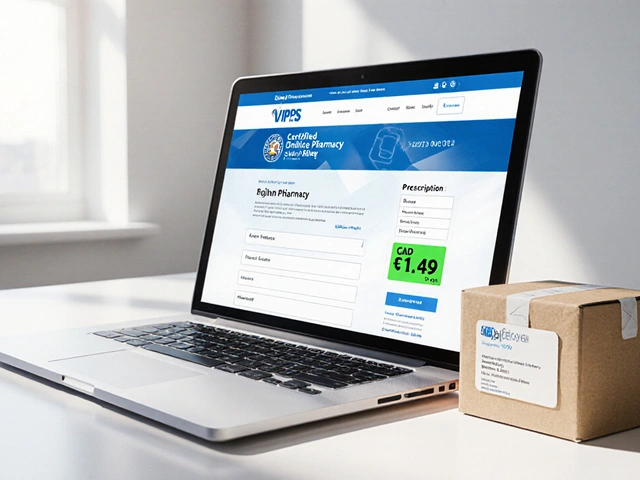Medication Savings: Smart Ways to Cut Prescription Costs
Paying less for medicine doesn’t mean cutting corners on safety. You can save hundreds each year by changing a few habits: compare prices, choose generics, use coupons, and know where to shop. Below are clear, practical steps you can start using today.
Compare prices and choose the right pharmacy
Before you fill a prescription, check prices at several places: local pharmacies, big chains, mail-order services, and verified online pharmacies. Use price-comparison apps or pharmacy websites to see different costs for the same drug. For chronic meds, a 90-day mail-order supply often reduces the per-pill price and limits trips to the pharmacy.
Don’t assume your insurance gives the lowest out-of-pocket cost. Sometimes cash prices, coupons, or discount cards beat co-pays. If a price looks too good online, verify the pharmacy’s credentials and read reviews. Avoid sellers that don’t require a valid prescription.
Switch to generics and therapeutic alternatives
Ask your doctor if a generic or a lower-cost equivalent will work for your condition. Generic drugs contain the same active ingredient and are usually much cheaper. If a direct generic isn’t available, clinicians can often suggest a therapeutic alternative that treats the same problem at a lower price.
If your doctor prescribes an expensive brand-name drug, say you want to consider cheaper options. Many prescribers are used to switching to generics or different dosing that’s just as effective and less costly.
Use manufacturer coupons for brand drugs when a generic isn’t an option. These coupons can cut your copay or monthly cost, especially at the start of therapy.
Consider these additional, actionable ideas:
- Use prescription discount cards or apps when you have no insurance or when the insurance price is high.
- Ask for 90-day supplies for maintenance meds—this lowers per-dose cost and reduces fees.
- Check your insurer’s formulary and request prior authorization for cheaper alternatives when needed.
- Talk to your pharmacist about splitting higher-dose tablets safely if that reduces cost and dosing is approved by your provider.
- Look into manufacturer patient assistance programs if you’re uninsured or on a low income.
Small changes in how you buy medicine add up. Keep a list of current meds, track prices monthly, and ask pharmacists and doctors for money-saving advice. Above all, never skip or halve doses without professional guidance—saving money isn’t worth risking your health.
Want real examples and tools? Our site collects price guides, coupon sources, and safe-online-pharmacy tips so you can make choices that are both smart and safe.

Find the Best Deals on Synthroid: Your Complete Guide to Levothyroxine Savings
This comprehensive article explores various aspects of finding the best Synthroid deals, understanding its medical implications, side effects, drug interactions, and advisable dosages. It provides valuable insights and practical advice for individuals dealing with hypothyroidism and those seeking ways to manage their Synthroid medication expenses effectively. Whether you're a new patient or looking for more affordable options, this guide lays down everything you need to know about Synthroid and its generic counterpart, Levothyroxine.
Categories
- Medications (50)
- Health and Medicine (46)
- Health and Wellness (34)
- Online Pharmacy Guides (15)
- Nutrition and Supplements (7)
- Parenting and Family (3)
- Environment and Conservation (2)
- healthcare (2)
- prescription savings (1)



